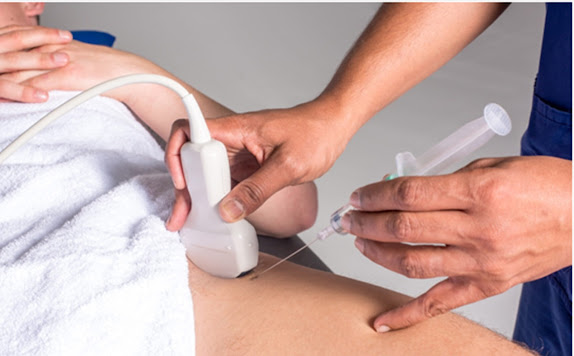Cortisone Injection in Knee: What You Need to Know
Cortisone Injections, or Joint Steroid Injections, have become a standard treatment option for individuals suffering from knee pain caused by arthritis, tendinitis, or bursitis. This article aims to give readers a thorough understanding of the topic at hand. Cortisone injections and their role in alleviating joint pain in the knee. This article will discuss the advantages, possible adverse reactions, and other relevant information. Considerations associated with this treatment approach.
Understanding Cortisone Injections
Cortisone injections involve the administration of a synthetic corticosteroid directly into the affected joint to reduce inflammation and provide pain relief. These injections typically include a combination of a corticosteroid medication, such as cortisone or triamcinolone, and a local anesthetic. The medicine helps reduce inflammation, while the drug offers immediate pain relief.
Benefits of Cortisone Injections for Joint Pain
Reduction of Inflammation: Cortisone injections suppress the immune response and reduce inflammation in the affected joint. This can provide significant pain relief and improve joint function, allowing individuals to resume their daily activities more efficiently.
Targeted Pain Relief: Unlike oral medications distributed throughout the body, cortisone injections directly target the affected joint. This localized approach allows for more effective pain relief with fewer systemic side effects.
Considerations Before Getting a Cortisone Injection
Consultation with a Healthcare Professional: Before considering a cortisone injection, it is crucial to consult with a healthcare professional, such as an orthopedic specialist. They will evaluate your condition, medical history, and any potential risks or contraindications associated with the procedure.
Temporary Pain Relief: While cortisone injections can painkillers can offer temporary respite from Although, pain relief can be helpful, it does not solve the underlying issue. Issue. The underlying cause of joint pain. Complementing the injection with appropriate physical therapy, lifestyle modifications, and other treatments recommended by your healthcare provider is essential.
Potential Side Effects and Risks
Joint Infection: Although rare, there is a slight risk of common infection associated with cortisone injections. To minimize this risk, healthcare professionals follow strict aseptic techniques during the procedure.
Tissue Damage: Repeated or excessive cortisone injections can weaken tendons or cartilage in the treated joint. Following the recommended dosage is crucial. Frequency determined by your healthcare provider.
Alternatives to Cortisone Injections
Physical therapy is beneficial in building and strengthening muscles and surrounding the joint, improving joint stability, and reducing pain without requiring injections.
Hyaluronic Acid Injections: In some cases, hyaluronic acid injections may be recommended as an alternative to cortisone injections. These injections aim to provide lubrication and cushioning to the joint, promoting pain relief and improved mobility.
Conclusion
Cortisone injections are a valuable treatment option for knee pain caused by various joint conditions. However, weighing the benefits and potential risks associated with this procedure is crucial. Consulting with a healthcare professional and considering alternatives Having access to treatment information can assist you in making an informed decision. Each individual's condition is unique, and personalized medical advice is essential to ensure the best possible outcome.




Comments
Post a Comment